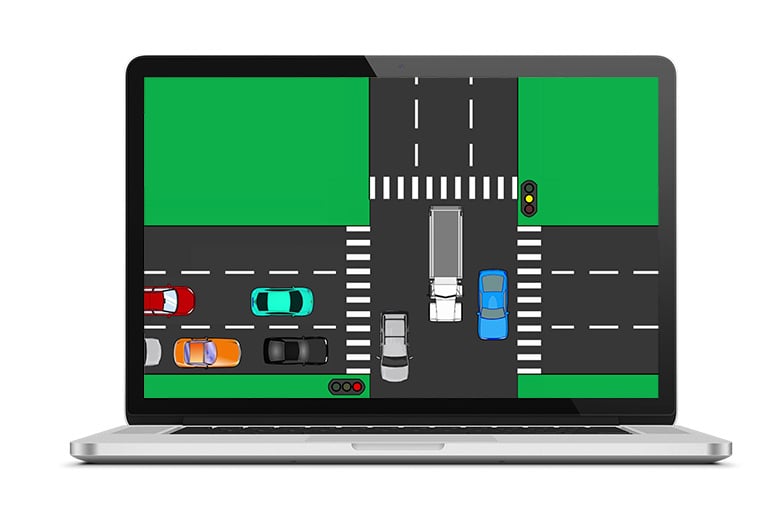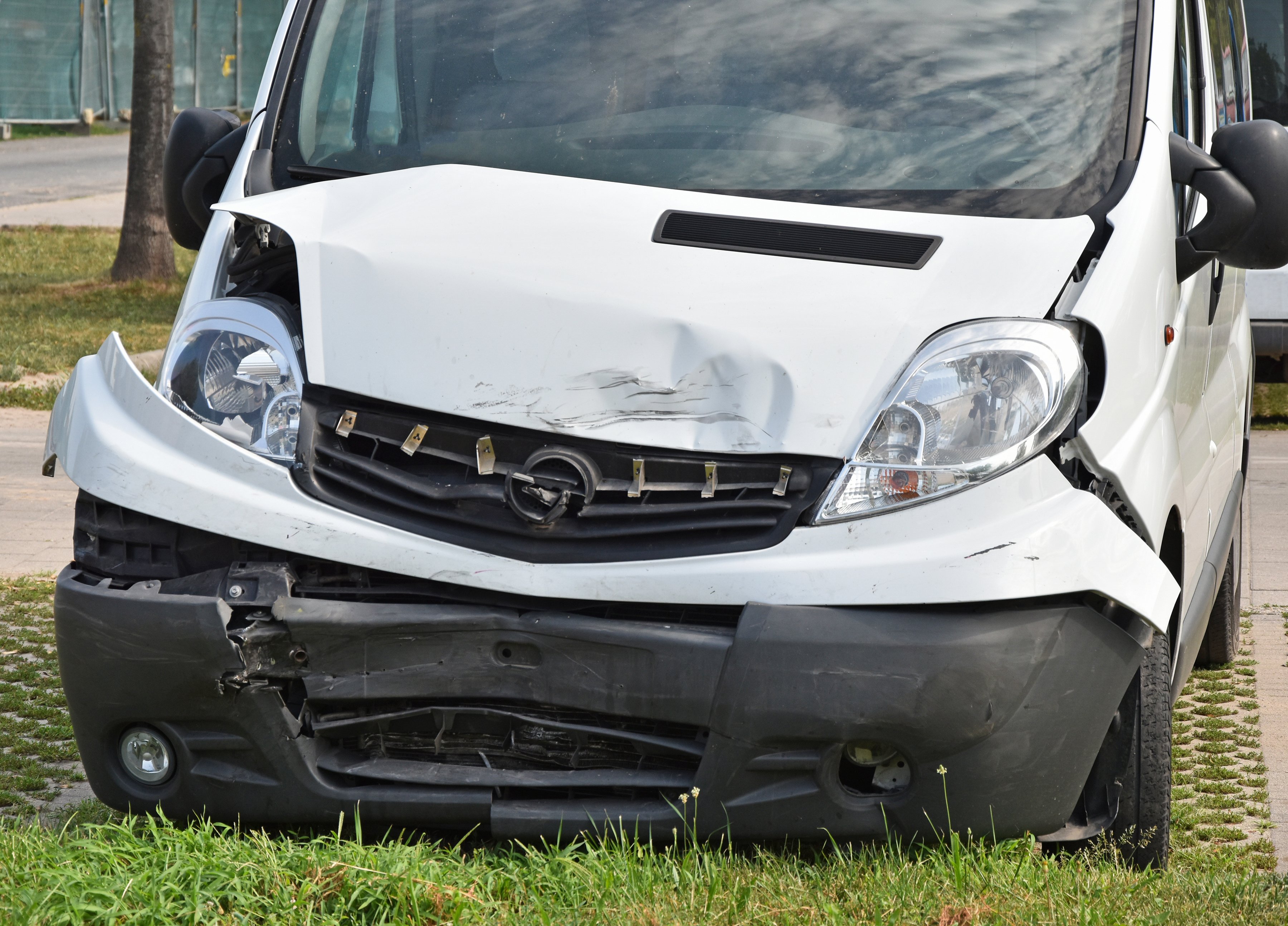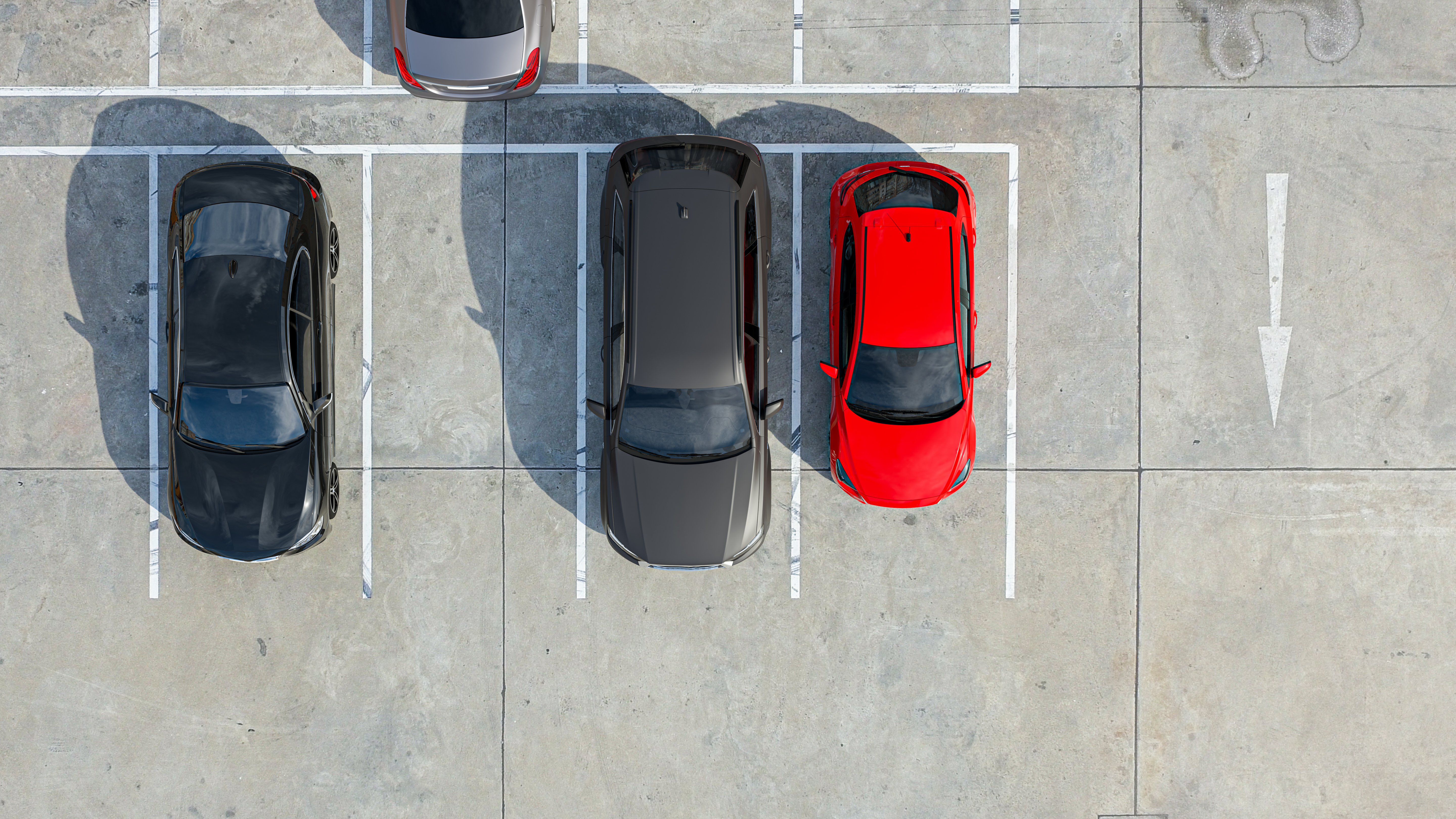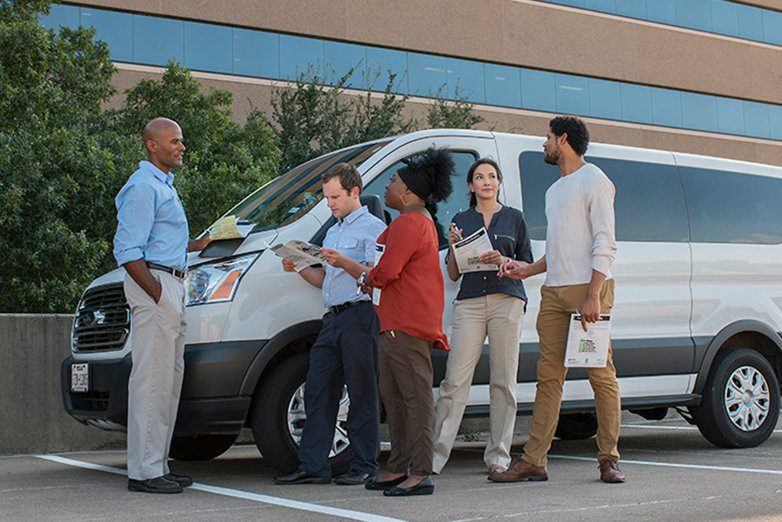 You’ve driven through intersections countless times daily without incident, but, it happens to be one of the most dangerous things you can do behind the wheel. Second only to rear-end collisions in terms of frequency, intersection crashes account for about 50% of crashes, according to the Federal Highway Administration.
You’ve driven through intersections countless times daily without incident, but, it happens to be one of the most dangerous things you can do behind the wheel. Second only to rear-end collisions in terms of frequency, intersection crashes account for about 50% of crashes, according to the Federal Highway Administration.
Considering that the National Highway Traffic Safety Administration reports that more than 96% of intersection crashes involve driver error or inattention, and just over 3% are the result of vehicle malfunctions or environmental conditions, nearly all intersection crashes are avoidable. It comes down to knowing what to look for and preparing your response to each of those situations.
Understanding the Risks of Intersections
The biggest risk at intersections is that many drivers fail to notice their surroundings. They may be in a hurry and don’t stop fully and look around, or, if they drive the same route regularly, they might start taking for granted what they expect at that intersection.
Such familiarity can cause drivers to let their guard down and only give a passing glance at what’s happening around them. In doing so, they may not notice things like pedestrians in crosswalks, bicycles on the road and even other vehicles approaching. That increases the likelihood of head-on collisions, rear-end collisions, side impact collisions and sideswipe collisions.
When you’re sharing the road with other drivers, it’s important to not only be aware of how you approach an intersection, but also to understand that other drivers often are not paying attention. Planning ahead for their potential inattention can help you prevent a crash.
Causes of Intersection Crashes
-
Inadequate surveillance of surroundings: 44.1%
-
False assumption of other drivers’ actions: 8.4%
-
Turning with an obstructed view: 7.8%
-
Illegal maneuver: 6.8%
-
Internal distraction: 5.7%
-
Misjudgment of other drivers’ speed: 5.5%
SOURCE: NATIONAL HIGHWAY TRAFFIC SAFETY ADMINISTRATION
How to Avoid Intersection Crashes
Becoming aware of intersection dangers is the first step toward making your drive safer. Intersections are busy spots; there are other vehicles around you, directional signs to heed, and pedestrians and bicyclists trying to cross the street. Other drivers are increasingly distracted these days, and pedestrians might be looking at their phones instead of paying attention to what’s happening around them.
Oftentimes, the people around you are in a hurry, and at the same time, you’re having to assess the situation and make several decisions in a very short time frame.
To offset some of the dangers, Keep Your Eyes Moving® as you approach the intersection. Scan both directions to look for hazards, but also be aware of what’s happening in front of and behind you.
Speed Matters, Especially at Intersections
Surprises can arise quickly at an intersection; a pedestrian may step out into the street, a bicyclist may swerve into your lane or another car may decide to make an abrupt move. Your rate of speed determines how well you’ll be able to respond to those changes.
The faster you’re traveling, the more time you need to stop, so always reduce your speed when you’re going through an intersection. It’s even more important to reduce your speed when turning. As you turn onto a new road, you’re introducing a new driving environment with new information. The less visibility you have as you turn, the more you should adjust your speed.
Always Leave Yourself An Out®
If you have to stop at an intersection, leave a cushion of space between you and the vehicle in front of you. Allowing a 15-foot space between your vehicle and the one in front of you offers a couple of advantages.
In the event that you’re hit from behind, it minimizes the risk that you’ll be pushed into the car in front of you, causing a second rear-end collision. And, if that vehicle stalls, you’ll have the space to maneuver around it.
If you’re the first vehicle at the light, leaving this same amount of space between you and the intersection or crosswalk assures that, if you’re rear-ended, your vehicle won’t be pushed into the intersection and oncoming traffic.
The Most Dangerous Time to Cross Intersections
The majority of intersection accidents take place in the first few seconds after the light changes. Drivers in cross-traffic may not be paying attention or they might be determined to “make the light,” even after it has turned red.
When approaching a light that has just turned green, slow down and give cross-traffic enough time to stop. Even when the light is green and you have the right-of-way, scan the intersection and look for other vehicles.
Stop-and-go traffic can account for rear-end collisions as well. Try to pace the lights so that you’re hitting green lights and can avoid stopping at each one. Being able to maintain a steady speed will save you money on fuel, reduce wear and tear on your vehicle and increase your level of safety.
Make Sure They See You®: Always Signal Your Changes
Finally, to make crossing intersections safer, always use your turn signals appropriately. Activating them too soon could send the wrong message to another driver and cause them to make a mistake. Not giving other drivers enough time could also result in a collision.
Assess each situation and use your signals in a way that helps other drivers make good decisions.
Regardless of who has the right-of-way, safety at intersections is everyone’s responsibility. Learning how to make better decisions will improve your safety every time you get behind the wheel.
Find out more about how to improve safety at intersections with Avoiding Intersection Collisions, part of the new Arrive Alive Safety Series of short, whiteboard animation E-Learning modules designed to provide refresher training for professional drivers.











